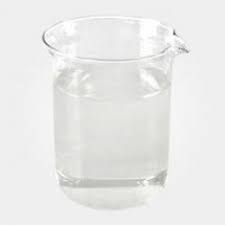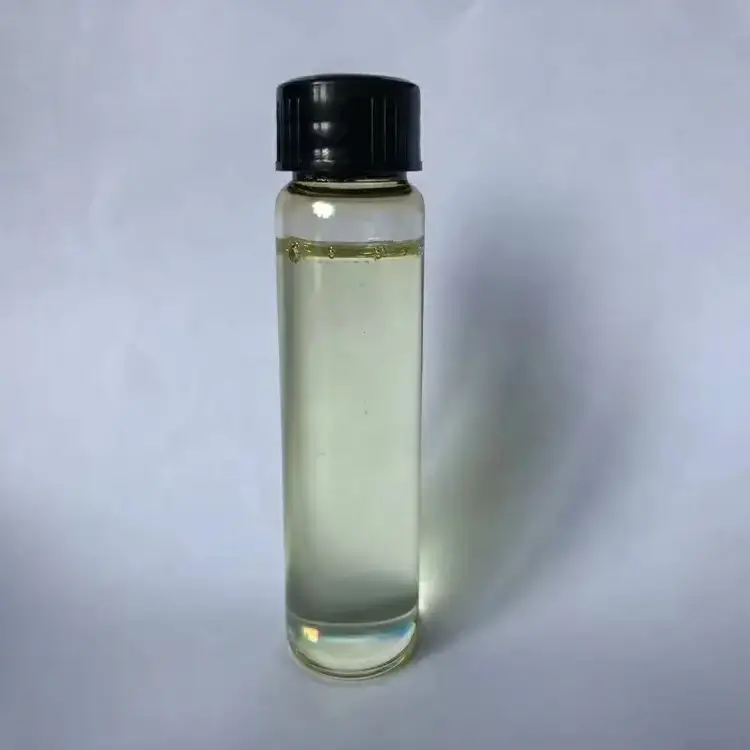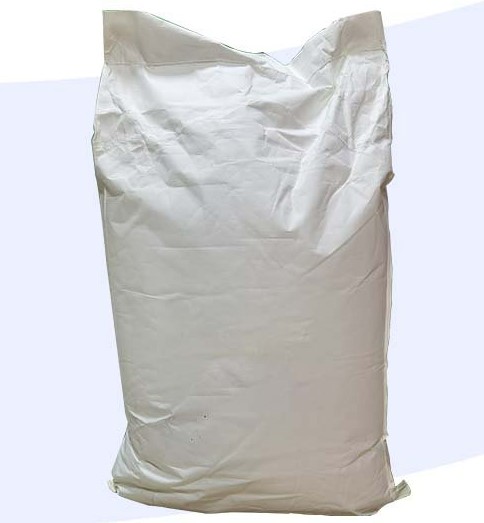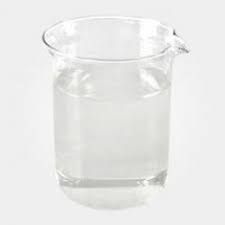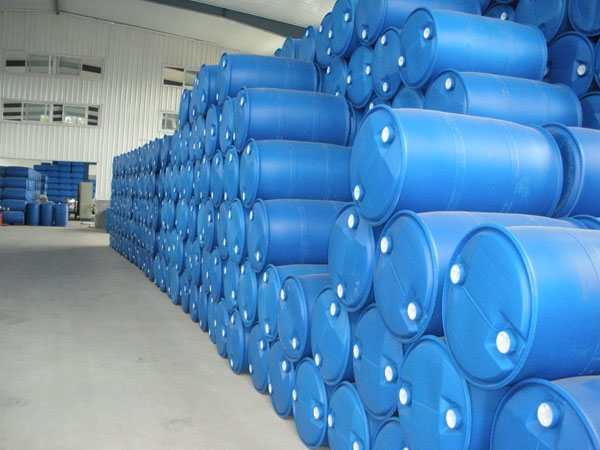Antioxidant
Other Auxiliary Agent
Petroleum Additives
Adsorbent
Water Treatment Chemicals
Rubber Additives
Adhesive Additives
Cross-Linking Agent
Flame Retardants
UV Absorbers
Organic Extractant
Resin Additives
Electronics Chemicals
Pesticide Additives
Building Chemicals
Plastic Additives
Oilfield Chemicals
Adhesive
Plastic Rubber Chemicals
Paper Additives
Molecular Sieve
Coating Additives
Textile Auxiliaries
Fluorescent Brightener
Polyethylene Glycol Derivatives
Coupling
Forest Chemicals
Leather Auxiliary Agents
Beneficiation Agents and Smelting Additives
Dye Auxiliaries
CAS:96562-58-2
Molecular Formula:C10H12O4
Alias
More Information
Maq-Me; Dhppame; (R)-Methyl 2-(4-Hydroxyphenoxy)Propanoate; (R)-(+)-2-(4-Hydroxyphenoxy)Propionic Acid Methyl Ester; MAQ
Brief Introduction
Used for preparing succinic acid, pentanediol, tetrahydrofuran, pyran, etc; Also used as a solvent for coatings, resins and greases; Used as lubricant and dispersant in printing and dyeing industry; Pharmaceutical intermediates; Decolorizing agent and deodorizing agent of drugs; It is also used as raw material for organic synthesis such as plasticizer, herbicide and pesticide.
Suppliers
View More Vendors (2) >
Alias
More Information
Surface Active Agent; Non Ionic AIDS; Active Agent; Agroaid; non Ionic Surfactant
Brief Introduction
Nonionic surfactants are surfactants in molecules containing ether groups that do not dissociate in aqueous solution as the main hydrophilic groups, and their surface activity is embodied by neutral molecules. Nonionic surfactants have high surface activity, good solubilization, washing, electrostatics, calcium soap dispersion, and other properties, with little irritation, as well as excellent wetting and washing functions. The applicable pH value range is wider than that of the general ionic surfactants and can also be used in conjunction with other ionic surfactants, where the addition of small amounts of non-ionic surfactants results in an improved surface activity of the system. Non ionic surfactants can be classified into polyoxyethylene, polyol, alkanol amide, polyether, amine oxide types according to the structure of the hydrophilic groups.
Suppliers
View More Vendors (2) >
CAS:13897-55-7
Molecular Formula:C7H16N2
Alias
More Information
HTDA; 2,4-Diaminomethylcyclohexane; 1-Methyl-4-Cyclohexanediamine; 2,4-Diamino-1-Methylcyclohexane; 1,3-Cyclohexanediamine, 4-Methyl-; 4-Methyl-1,3-Cyclohexanediamine; Mchda; 2,4-Cyclohexanediamine, 1-Methyl-; 1-Methyl-2,4-Cyclohexanediamine
Brief Introduction
Urethane curing and chain extender
Suppliers
View More Vendors (2) >
Brief Introduction
Molten salt (heat conducting molten salt and thermal media) usually refers to molten inorganic salt as molten salt. It is a chemical reaction heat conduction medium formed by the melting of salts. Molten salt is a molten body composed of metal cations and non-metallic anions. Molten salt is a kind of salt that is solid at standard temperature and atmospheric pressure, but exists in liquid phase after the temperature rises.
Suppliers
View More Vendors (2) >
CAS:16111-62-9
Molecular Formula:C18H34O6
Alias
More Information
2-Ethylhexoxycarbonyloxy 2-Ethylhexyl Carbonate; bis-(2-Ethylhexyl)Peroxydicarbonate; Peroxydicarbonic acid, C,C'-bis(2-Ethylhexyl) Ester; Bis(2-Ethylhexyl) Peroxydicarbonate; Bis(2-Ethylhexyl) Perdicarbonate; di-(2-Ethylhexyl)Peroxydicarbonate; EHP
Brief Introduction
Free radical initiator can be used as initiator of vinyl chloride, high pressure vinyl chloride and other copolymers, and can also be used in polyisoprene rubber to improve its strength. Free radical initiator can be used as initiator of vinyl chloride, high pressure polyethylene and other copolymers, and can also be used in polyisoprene rubber to improve its strength.
Suppliers
View More Vendors (2) >
Inquiry (
10
/ 10
)
Clear All
Sign In
Error!


